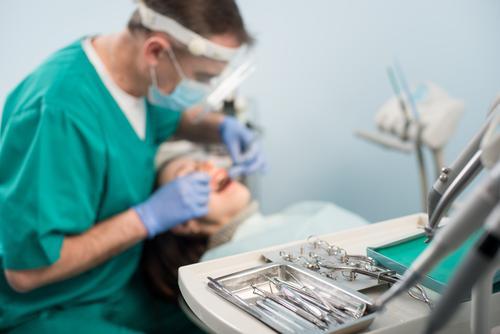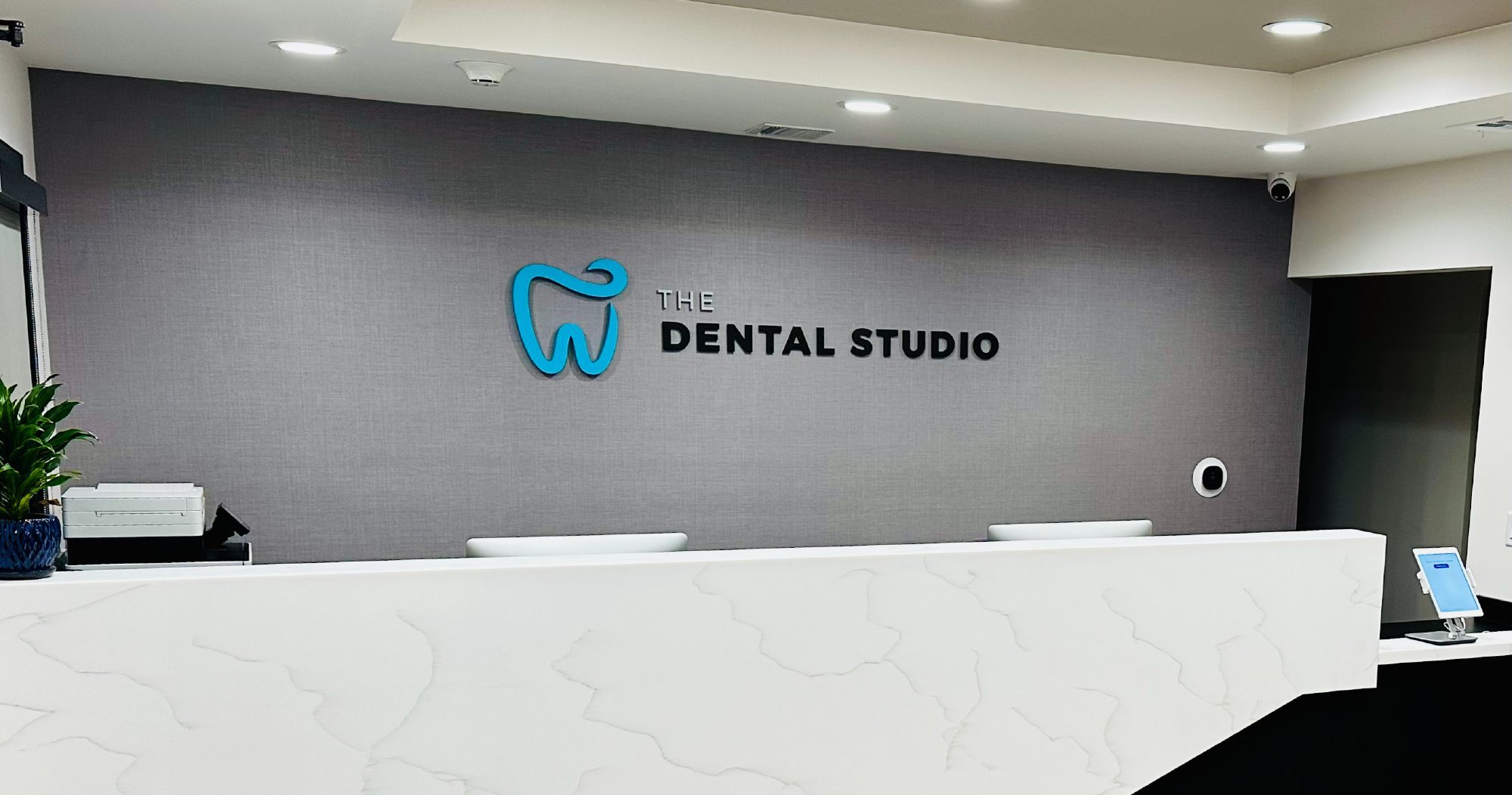What Are Inlays and Onlays?

You may already be familiar with many types of dental restoration services, like fillings, veneers, crowns, and implants. But many people aren’t familiar with inlays and onlays and the benefits they provide for damaged and decayed teeth.
Our dentists — Daniel Butensky, DMD, Stephen T. Busby, DDS, and Meirrel Hosny, DDS — at Dental Studios provide patients in Summit and Westfield, New Jersey, with comprehensive dental care — including inlays and onlays to repair tooth damage. With our state-of-the-art equipment and dental technologies, we can help improve both the health and appearance of your teeth.
What are inlays, and how do they work?
If you’ve ever had a cavity, you’re already familiar with fillings — material pressed into the space in your tooth that a cavity leaves behind. When you have a cavity that affects the top surface of the tooth, it can be preferable to use an inlay instead of a filling. An inlay also may be used to save a cracked tooth or to repair other surface damage on the top of your tooth.
Inlays are made from lab-manufactured composite materials that can be colored to match your existing teeth. Your Dental Studios provider takes an impression of your tooth, and the lab generates an inlay that exactly matches the shape of the part of the tooth it’s treating.
Placing an inlay requires two dental visits. At your first appointment, your dentist treats the tooth, cleaning away any damage or debris and preparing it for the inlay. The hole in the surface of your tooth is temporarily filled until your next appointment.
At your second appointment, your provider affixes the inlay to your prepared tooth using special dental cement. Once in place, inlays look completely natural and blend in seamlessly with the rest of your teeth. They’re extremely durable and can last up to 30 years with good oral hygiene and regular dental checkups.
What are onlays, and how do they work?
Onlays, which are sometimes referred to as partial crowns, are similar to inlays but can treat decay or damage on a larger area of your tooth. Onlays extend beyond the top surface of the tooth and include the edges or side surfaces, too.
Your provider may recommend an onlay instead of a full crown because it means preserving more of your original tooth structure. A crown covers the entire tooth down to the gums and is used in cases of greater damage; fitting a crown requires removing enamel from the entire tooth surface.
Onlays, like inlays, are made by taking an impression of the affected tooth and having a lab create a customized restoration that blends in with your natural teeth. Also similar inlays, you visit Dental Studios twice to get an onlay.
Are inlays and onlays right for me?
To learn if an inlay or onlay is the right treatment for your dental condition, you need to meet with a dentist for personalized care and treatment recommendations.
At Dental Studios, your provider evaluates your teeth and reviews your dental history to determine the best care for your needs — whether that be a smaller filling, an inlay on the surface of your tooth, an onlay that extends beyond the tooth’s surface, or a full crown.
Let the experts at the Dental Studios office nearest you take care of all of your dental needs. You can call our team to schedule a consultation, or book one online now.


